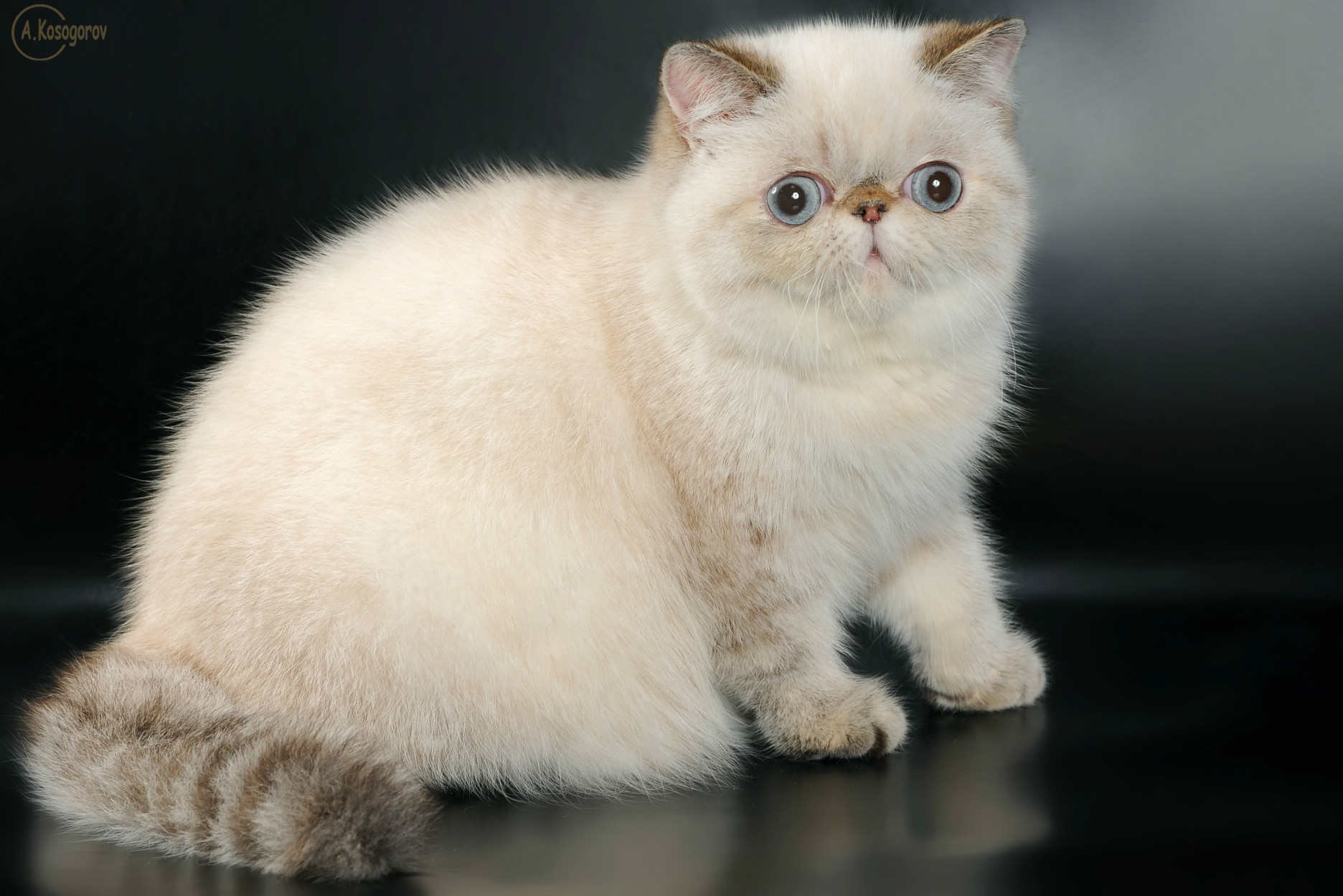
Exotics are temperature sensitive due to their dense coats, and they prefer to be in cooler climates. They have noisy breathing, snoring, and wheeziness from their constricted nasal cavity, their well-exposed large eyes often get particles of dust in them, causing eye infections or habitual tearing, and tear staining. Exotics tend to have a number of health issues because of their unique physique and facial structure.Extreme Exotics sacrifice respiratory ease for a more show-worthy look, which includes a flatter face and smaller nose. Traditional Exotics have subtle, more “natural” features, including a more prominent, lower-set nose that makes for easier breathing.

Like many other cats, there are two types of the breed: the extreme and the traditional.A number of privately owned Exotic Shorthairs have also become internet sensations, with their own social media followings. The famous cat Garfield is believed to have been modeled after an Exotic Shorthair cat.

However, this breed typically only lives between 8-14 years, while Persians consistently live from 12-15 years or even longer.

With their large eyes and fuzzy coats, it is easy to see why the world has fallen for these dreamy felines. These quiet kitties are a combination of the most lovable qualities of two popular cat breeds, creating an ideal house pet and companion. The Exotic Shorthair cat is described by some as the “Persian in pjs” because of the fluffy face and trim coat on the rest of the body. Though we may not be certain where the phrase “the cat’s pajamas” originated, we do know that there is a certain cat breed that looks like he is wearing pajamas.


 0 kommentar(er)
0 kommentar(er)
